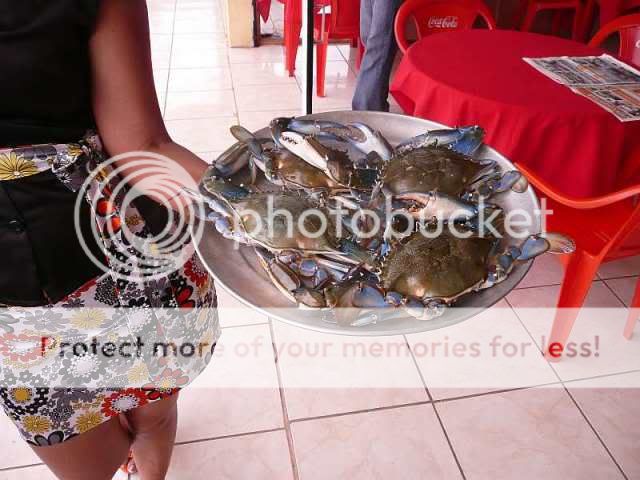Since mid-July it has often rained at night, which, as promised, cools things down. The days are mainly fine, and cooler too, without hot-night heat-sink.
The number of mosquitoes is on the rise. These local mosquitoes are delicate biters and thin-voiced whiners, not the hulks seen in temperate zones. They carry the usual tropical diseases…Well, maybe not the historically usual diseases, because yellow fever, which for centuries has killed hundreds of thousands, including numerous laborers imported to build the railroads and canals, has about vanished from the Americas. See! It can be done. Bill and Melinda Gates have beaucoup funds focused on malaria, but if they’re working here, it’s not obvious.
“Malaria is prevalent and dengue fever is endemic (present in a predictable, continuous pattern in an animal community at all times, says Ask.com) in Guatemala, especially outside the urbanized areas.” If you don’t want to wear DEET (I’m not confident it’s not another DDT), do want the breeze not blocked by screens, and care to be victimized neither by paranoia nor by one fatal mosquito, then you’d be in my present position. Asking around, I find only a handful of people who have had either disease, and I’ve certainly been bitten more times in the evening in the comfort of my own home in Maryland. So garlic, mosquito coils, evasion, and a handy swatter, are our current strategies.
Also on the rise is the water level on the river. The plank we climb to board the boat was getting so steep and so slick when wet, that we had to level it up with an extra Coke crate and a mounting block from a bottled water company. No milk crates here, despite the cows.
After a weekend of often heavy rain, this is the scene that greeted my friend and I on our Monday morning walk along the pipeline. Between the trees in the background there is a stream maybe 30 feet across, which had to have risen ?ten feet? to flood the road and the fields as it did. 
Photos taken by Kim Martens on her I-Phone.
The man pushing his bicycle up the hill was wet almost to his waist after crossing the bridge, which we later saw had a plank missing. We met another man going to meet his patron. He told us that if his patron made it to the pickup place, he had to work, but if not: Big Smile. I was sure the patron wouldn’t make it, but I was wrong, I learned next time.
The next day, the road was clear, and the manufactured trash, mainly potato chip bags, soda bottles and bottles once containing agro-pharmaceuticals of the bovine variety, had been swept into the Rio Seja, and onward into the Rio Dulce and downstream to sea.
Pretty regularly there’s major thunder and lightning. We see it in the distance more often than we feel it directly. Like bubbles rising in a boiling pot, these loci of activity seem to burst straight up from where they started. I keep expecting storms in fronts, which roar past and gradually vanish, but that doesn’t happen much, despite the tropical waves which increasingly feature in the offshore weather forecasts.
Even the laggards are making their way through squally ‘wave weather’ to shelter in the Rio now.
Every so often we’ll be IN the thunder bubble, with gut-rattling thunder and lightning directly overhead. Then, we put the computers in the oven in case that makeshift “Faraday box” might actually save them if we got hit.
Everybody has a lightning story, and the bottom line of all of them is -Lightning Rules. We are in the thrall of so many vulnerable microprocessors and power supplies and who knows what else, including all the stuff wrapped in my own skin. It all might be erased in a microsecond.
For mental health you might bond, or unbond your through-hull fittings, install a lightning rod, or clip battery cables to your rigging and a chain to the water. Or you might throw salt over your left shoulder. It all seems about as effective. When those billions of volts are being tossed through the atmosphere, I pull the pillow tighter over my head and practice deep breathing, which has worked as well as anything else so far.
A nice steady downpour is when many of us look for a comfortable perch from whence to watch the show. 
These thick palm-frond palapa roofs are very effective, and the drip edge can be as fascinating as watching sparks in a fireplace.
The new awning on the boat gives a sort of reverb effect. Unfortunately, the cutouts for the shrouds fall just above the ports I would most like to keep open. And the bounce of a raindrop still has a lot of splatter to it.
Sometimes the rain comes while we’re in town. The locals are pretty phlegmatic about rain. Unlike people in the Eastern Caribbean who seem sure they’ll catch a disease if raindrops hit them, the Guatemalans stoically carry on with whatever they were doing. We usually head for a bar with a good roof or overhang, for ‘research’.















